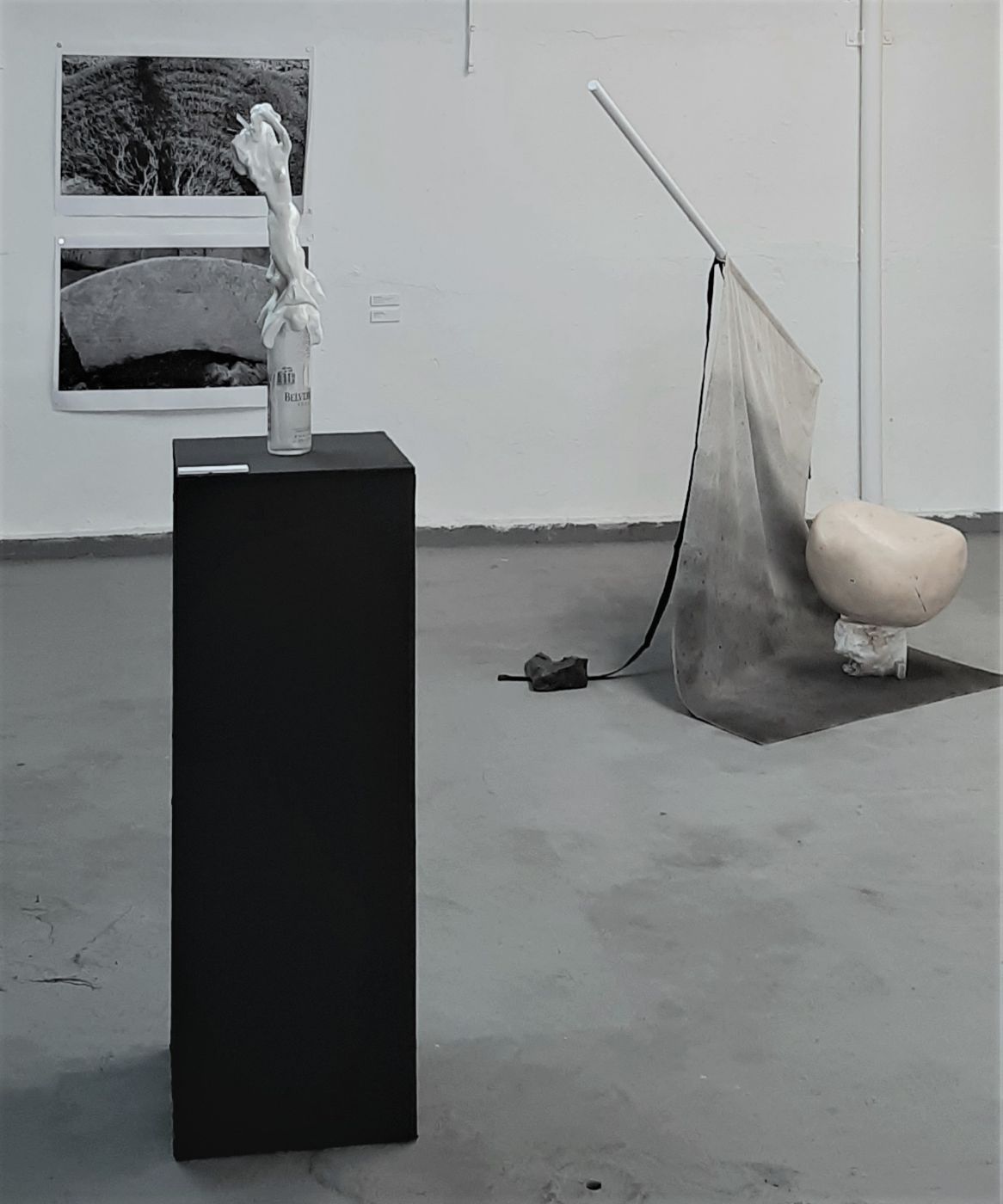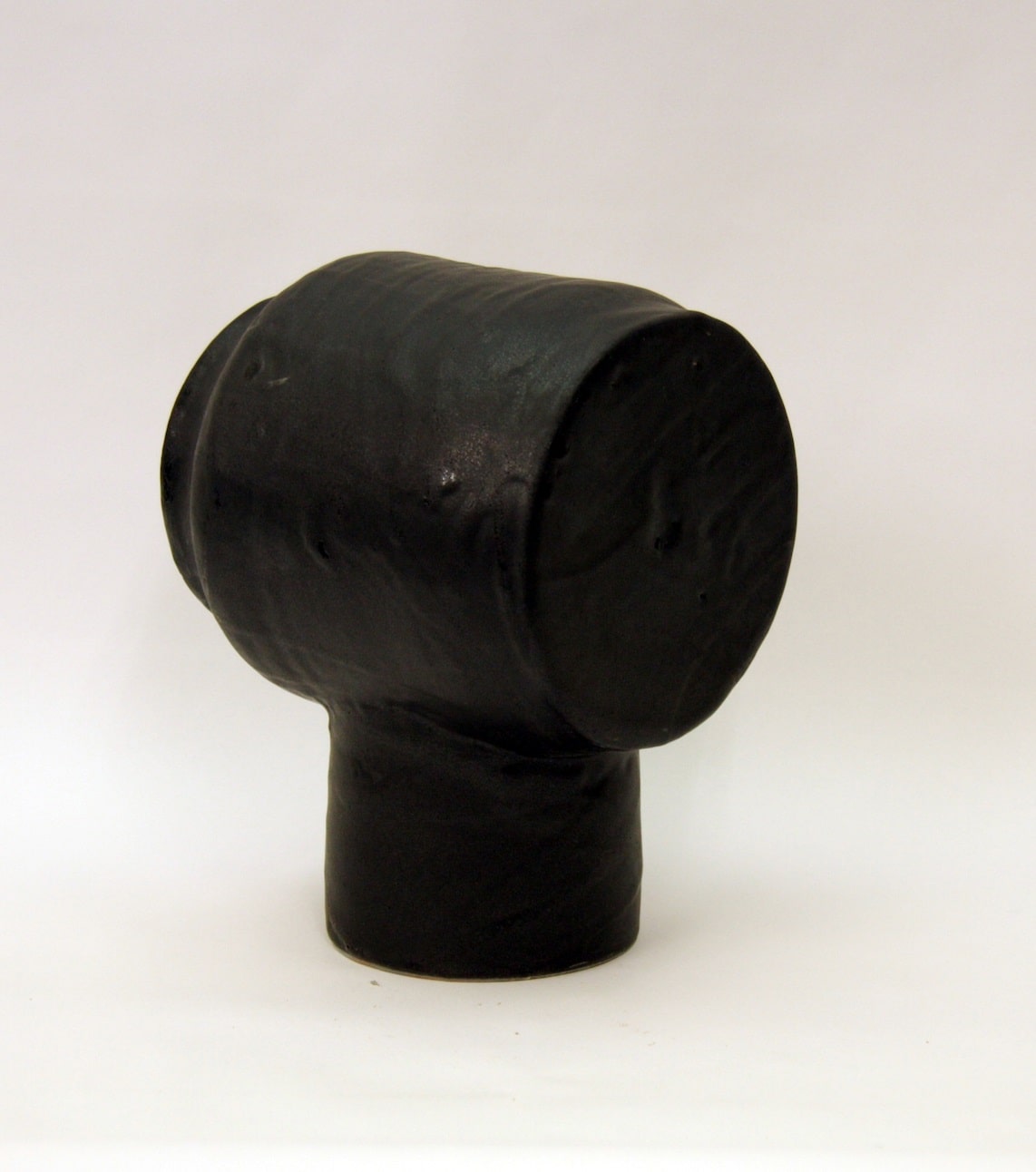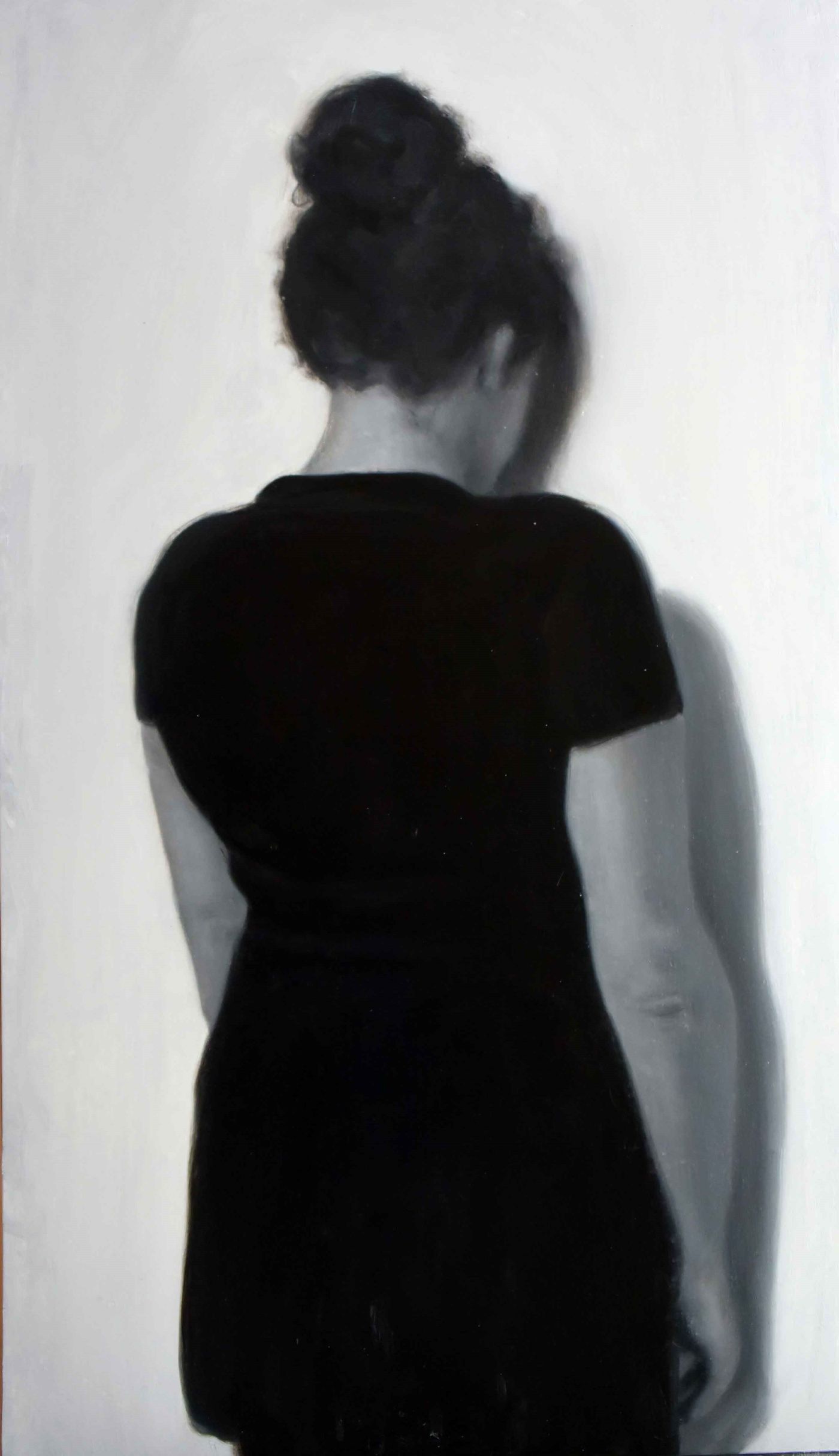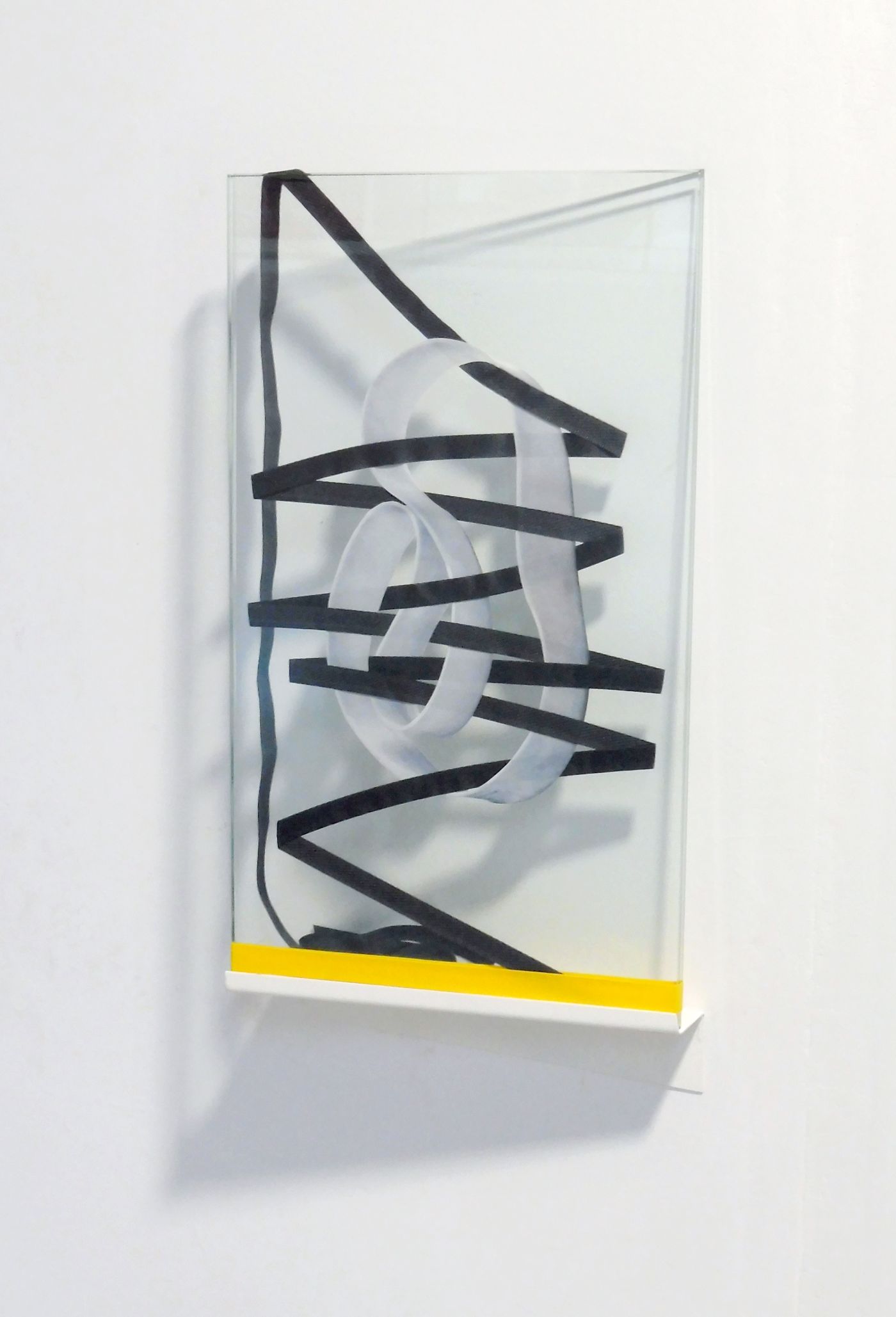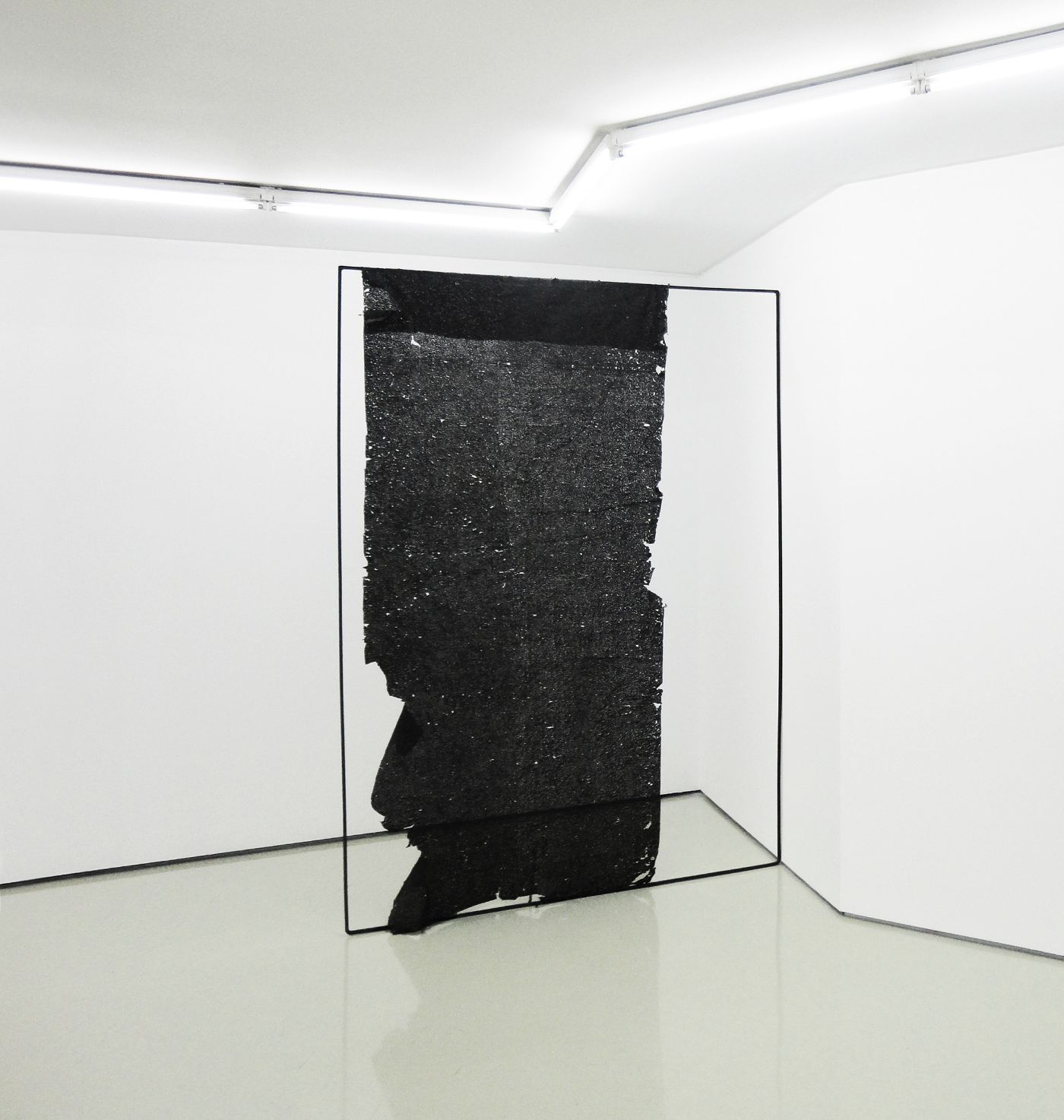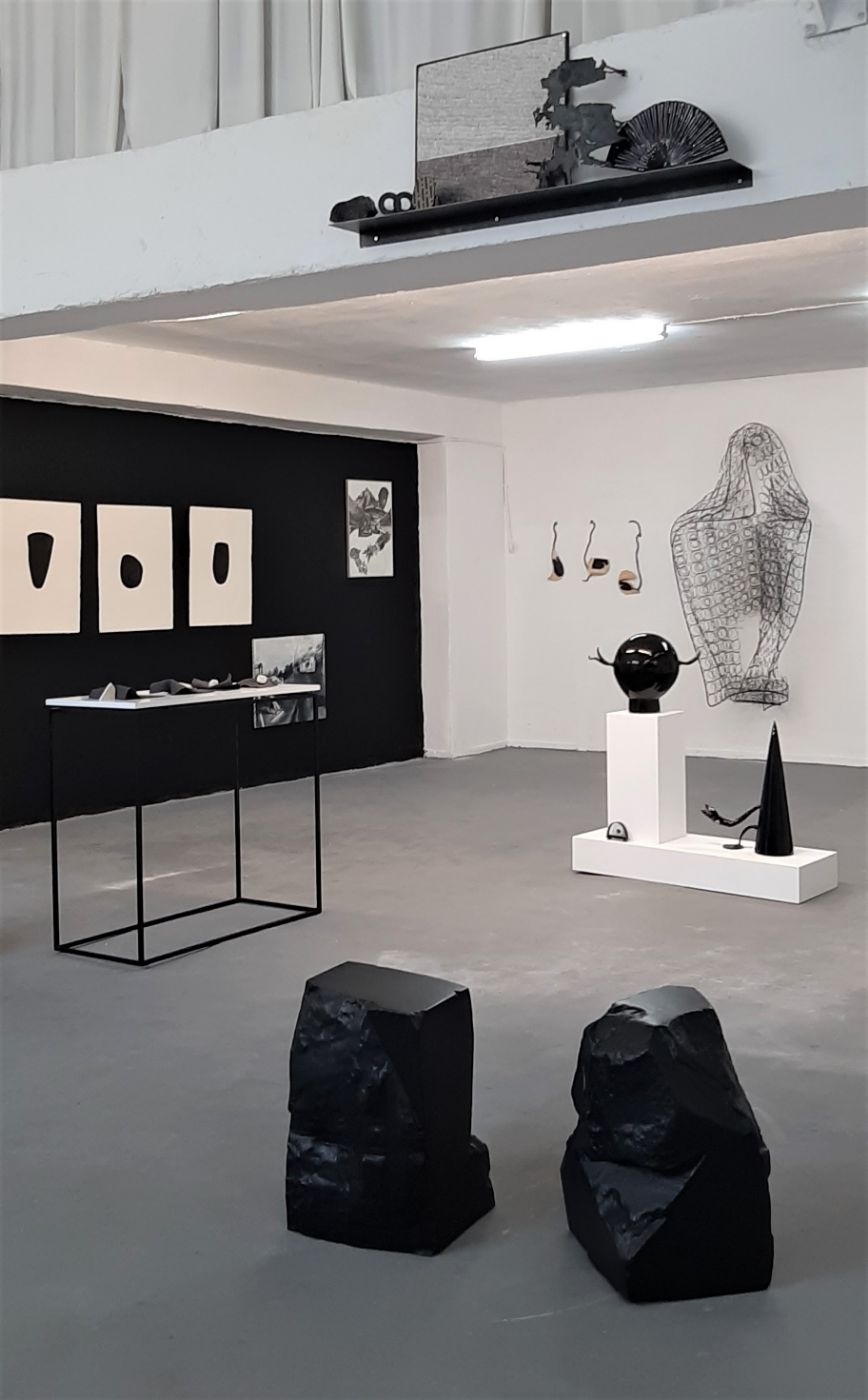Monochrome exists in all forms of art and reveals new knowledge about the use of color as an option rather than a necessity. Is color the forbidden fruit for a form of aesthetic, ascetic action by an artist? The historical continuity and the diversity of the monochrome from the middle Ages to this day, demonstrate how important a matter is in Western art. As color permeates everyday life, black and white can mark a shift to another spiritual context.
In the twentieth century, with the rise of abstract art, many artists experimented with producing monochrome paintings, such as Anish Kapoor, Ad Reinhardt, Robert Ryman, and Robert Rauschenberg. Monochrome contemporary art is mysterious. Many times, the skill is canceled. Design denies. The sense of synthesis is reversed. Color manipulation and relationship are canceled. Object, narration, painting presence, touch is absent. Monochromatic works resemble a drawing or layout of a text - Disegno.
The atelier of an artist hosts monochromatic works by 30 artists, moving to a single space and focusing on the installation, as documented both theoretically and officially in Piet Mondrian's work, El Lissitzky, and highlighted in Brian O'Doherty's most important essays. It is essentially an effort to conceptualize 30 works with a view of the aesthetic effect presented to the viewer as if it were a total work of an artist. The placement of these works as space-related research and art-oriented installation combines elements not only from the end-of-20th-century installations, but also from specific artworks and practices of historians and New Avantgardes. The rejection of color in all of the Forthcoming 2 works, such as Piero Manzoni in Achrome and Robert Ryman's series, increases the viewer's sensitivity. Black and white force us to think of what Picasso defended. The goal is to broaden the way of reading a project individually and to remove the fear of confirming the subject through the aesthetic experience.
Each artist presents fragments or complete works representative of his most recent inquiry. By doing so, Space52 is collectively transformed into an inclusive artist-studio, a reservoir of ideas and proposals. The selected works explore equal parts of theory and practice. At a first glance, they may appear incongruous and eclectic. Yet, a closer look will reveal the unanimous overtone of memory, fragility and sensory experiences.
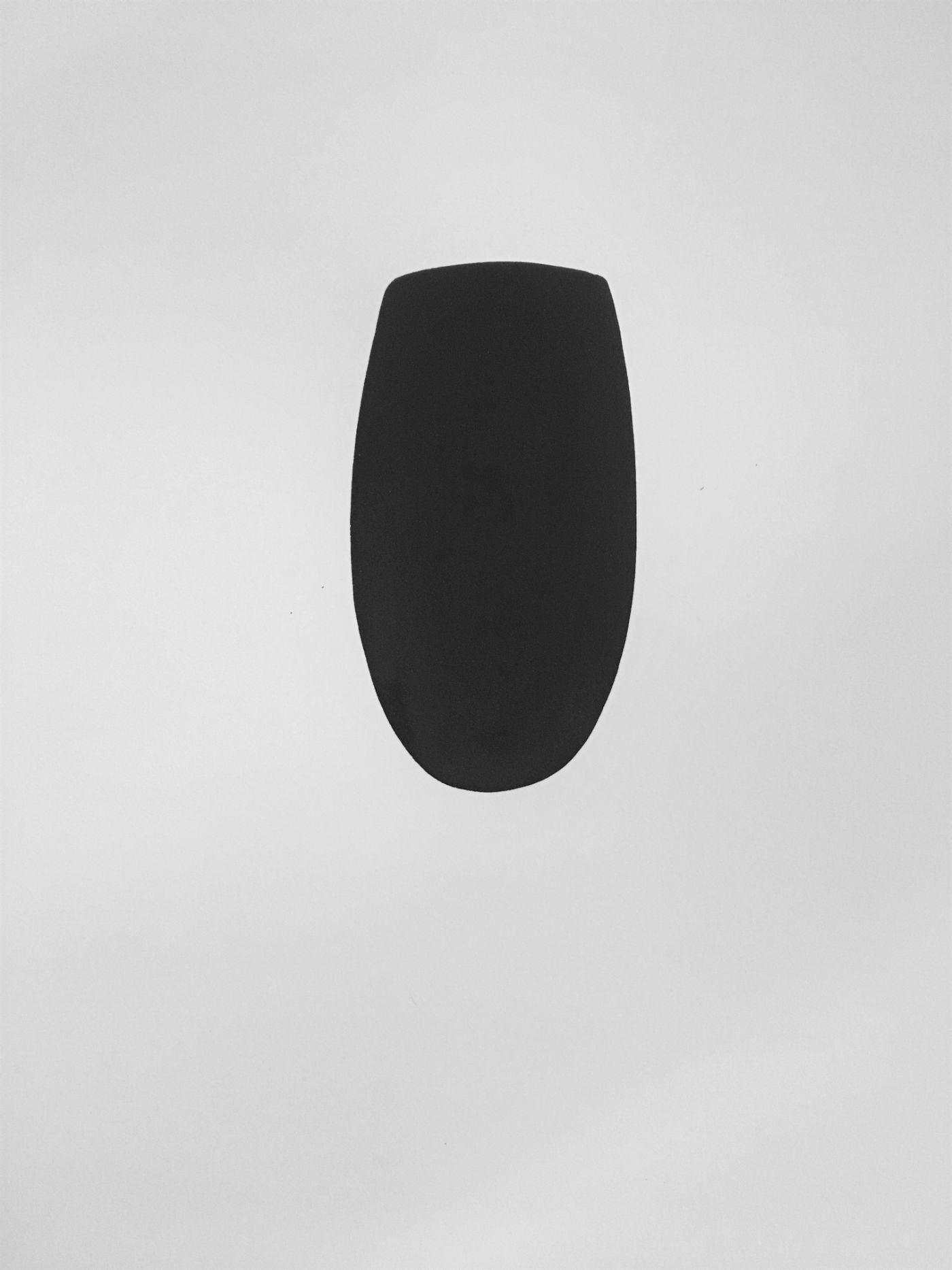
WORKS AT THE EXHIBITION
Blind Adam's black sculpture made from sponges has the volcanic force of Santorini to where it refers. Its organic form is intimate and at the same time distance illustrates its distinct relationship with the creation and destruction of nature. It creates a miniature of a sculptured and dark landscape, perhaps even sophisticated, mysterious and unimaginable. Kostas Christopoulos, instead of glorifying Greek nature and landscape, wants to present its difficulty and roughness. It creates a new series of black and white photographic works based on archives. It seems to be a survey of the Greek landscape that ultimately reflects the cultural and political quality of the national territory. Foteini Palpana, creates works very close to reality. Her black rocks are signs of a landscape that arises from a wider interest in different kinds of interaction with categories of the physical space, as well as on issues of its observation and representation. The black color of Palpana's rocks, apart from a minimalist form has also has a metaphysical and perhaps a cult power "... and as stones, as you have built ..." (Apost. Peter 2.5). Stelios Karamanolis creates his own abstract landscape. The perspective construction of his paintings is based on two dimensions and does not deal with physical vision. It is not a naturalistic perspective, but goes into its control, forming a technical perspective, a meta perspectiva artificialis. Nikos Larios, inspired by his work at the Department of Computer Science at National Kapodistrian University of Athens refers to the theme of Forthcoming 2 and with a black key “Enter” from a pc keyboard, states another possible position for an artwork in the exhibition.
Nikos Papadimitriou, with his small gray clay elephant, is coming to emphasize the merciless hunting of the African elephant and to emphasize as Peter Beard at "The End of the Game the relationship between the vicious and the victim in the jungle but maybe… not just there? Adonis Stoantzikis presents a fantastic tough crime this time not committed to animals but to mankind, referring to the book by Anatole France The Gods Will Have Blood where the protagonist painter is gradually turning into a bloodthirsty jury that sends dozens of people every day to the guillotine. Giorgos Kazazis enjoys his painting by clarifying that he wants to paint what he sees and not what he feels. The project believes that it should be de-emotionalized by the common pain and, at the same time, over-emphasized and over-emotionalized from the point of view of the artist. Antonis Larios wants to express his personal mythology in search of the unconscious exploration, the liberation of the imagination with the absence of any control by reason. It is a realistic composition in which it adds surreal touches, creating another reality that is expressed through the drawing.
Christos Delidimos aptly uses the myth of Medusa, who turned everything into stone, in relation to his black ceramics. Thin sharp forms prevent you from getting closer to his ceramics, but on the other hand, you want to touch them. With the work No Title from the Sonance series- from cycle to cycle. Dimitris Efeoglou uses the paper as the basis of his work and transforms the opaque material into a perforated black surface looking for light as an open window. The metallic black frame further determines the sensitivity of the paper, emphasizing its relation to the geometry of the skeleton in relation to its freedom as well as light and shadow relations. Maria Efstathiou comes in a different mood with her new ceramics. She uses deformation of a flat surface paper under pressure and creates forms that investigate the interaction of a thin, fragile terrain and rigid and rough. The 'paper' becomes black ceramic, opaque, hard, crumpled but also very fragile due to the quality. All four compositions capture the moment of the pressure and intensity of the white small ceramic to the black, like a dipole of equilibrium. Dionisis Christofilogiannis presents work from the series "Death comes in many shapes and sizes" consisting of old used mattresses as another dimension of birth, death, and rebirth. With obvious holes in the mattress, it changes the shape and size of it and creates sculptural facilities with mythological and ideological references with a single axis that is so familiar to us from the day we are born until the day we die.
Hughes Rowena creates an abstract contemporary 'portrait', between two glass surfaces. The precarious state of the work, between the object and the image between digital printing the rubber band and the copper ribbon, emphasizes its presence in the physical space. Like calligraphy, Rowena's "portrait" is a composition that does not have to be readable in the ordinary sense of the word but is based on the abstractness and sense of the line and the relationship of the materials. Toula Plumi uses ordinary materials such as black and white photocopies and photos combined with chopsticks. The effortless use of the material for the simplest expression of the form is depicted in Plumi’s sculptures, where eventually the works looks transparent and perhaps playful as the notes of the sols. Pantelis Magneto Vitaliotis presents his first three-dimensional work on iron painted with a very black acrylic that literally penetrates the wall, like a black hole. His drawings and paintings get volume and a larger dimension without losing their precision and sensitivity. The geometric minimalist shapes are clear and in perfect harmony with the surreal organic forms. Nikomachi Karakostanoglou’s Cycladic figurines inspired her to create portraits with ink. They are so similar to each other, but they also differ, having acquired a distinct character and identity.
Ilias Papailiakis makes a drawing with a line without corrections and says: That's all I need to paint. This is the simplest and most essential expression of myself. A male archaic figure that resembles a woman shown on 4 gray cardboards. George Sapountzis’ work with the imaginative title “Where is my body after love” gives his own erotic mood to the exhibition. Perhaps you can see a man, perhaps the artist himself, shaped somewhere in those black lines with ink on the fabric, behind the black ribbons that create an X in the foreground. Sasha Strehsna, following her latest projects, which have as main references the popular war video games, shows “the creepy guy in a check shirt”. An incomplete work commenting on everyday fears, such as an evening at home. Nikos Kanarelis works with various materials such as oil, spray, acrylic, pencils. The themes he chooses and composes are mainly sociopolitical and psychologically oriented. Kanarelis has merged historical references and personal experience into a sensitive female figure that does not hide her face. Andreas Kassapis in a diptych makes the shallow room in the foreground twice with the prospect of two points of departure far out of his subject. Very sensitive grays on wood that you do not comprehend if you look at the interior or the exterior of the room-home-space. You feel something intimate that attracts you and perhaps the balance of the dipole in this diptych will make everything balance harmoniously.
Elias Koen presents a ceramic portrait inspired by everyday objects such as jars, plumbing tubes, etc. Like a single-eyed black man or as a tragic figure with a wide-open mouth, empty, screaming. A minimalist depiction of modern reality in a fragile construction. Nikos Charalambidis, with an embroidered geometric plan of Mies Van der Rohe's Barcelona Pavilion, emphasizes his basic reference to art and his origins, memories, and place of birth. “Your Land was Mine” clearly as a cry of anxiety and faith in what he believes moves with the delicate fine thread of embroidery that essentially defines an architectural plan of any home. (the first presentation of this work was at the 2003 Venice Biennale). Alexios Papazacharias presents “Shadow Sunday” as a performance. He suggests to all viewers of the project to make the temporary tattoo of the artist's earring shadow, a thunderbolt. The lightning strike for a while (while holding the tattoo) behind the ear, as if it is a whisper or a secret. Paradoxically, so different meanings of the lightning of a thunderbolt are associated with the shadow that is very discreetly seen behind the ear. Tolis Tatolas in his “Untitled” drawings on paper, the peculiar "mapping" in which he performs, emerges as a Kafka' field. Their chaotic syntax includes hybrids of various elements, such as urban and archaeological plans, biological and mechanical structures, computer networks, ideograms, and binary code. In the PointScape # 2 project, which is the reproduction of an audio material, the intermittent sounds produced by the artist himself in the larynx by inhalation, make up a system of "black" points, potentially defining a set of rectilinear segments, suspended in a white space.
Giorgos Tserionis creates a black-and-white installation with the main theme of a flag that has been plated by a marble and a large ceramic pebble. The imperfections and feelings of instability act as symbols of the ongoing violence that we face. They reflect attachment to memory and history as a refuge for the situations experienced by the modern man. Alexandros Tzannis assimilates cultural elements and memories, objects he has lived to construct a new work exploiting the remnants of the past. A combination of frangible fan-shaped ceramics with heavy pieces of iron and a square black-and-white pattern, like a commemorative photo, compose a post-modernist picture of a familiar mom's shelf with objects that remind us of something. Amalia Vekri, with the work 'Cold Water' made of clay and ready-made objects, comments on our obsession with youth, beauty, and longevity. The actors and agents of this confusion are the social media and the beauty industry, where they define these rules. Theodoros Zafeiropoulos presents pieces of the installation of the project at The Symptom Projects 9 in Amfissa. The black squares, where he had collected the fig milk, gain momentum in the way he interprets it. In the first installation, they are under the shadow and now in an absolutely oblique line that indicates the light rays in the room, just as the light is directed by professional headlights.
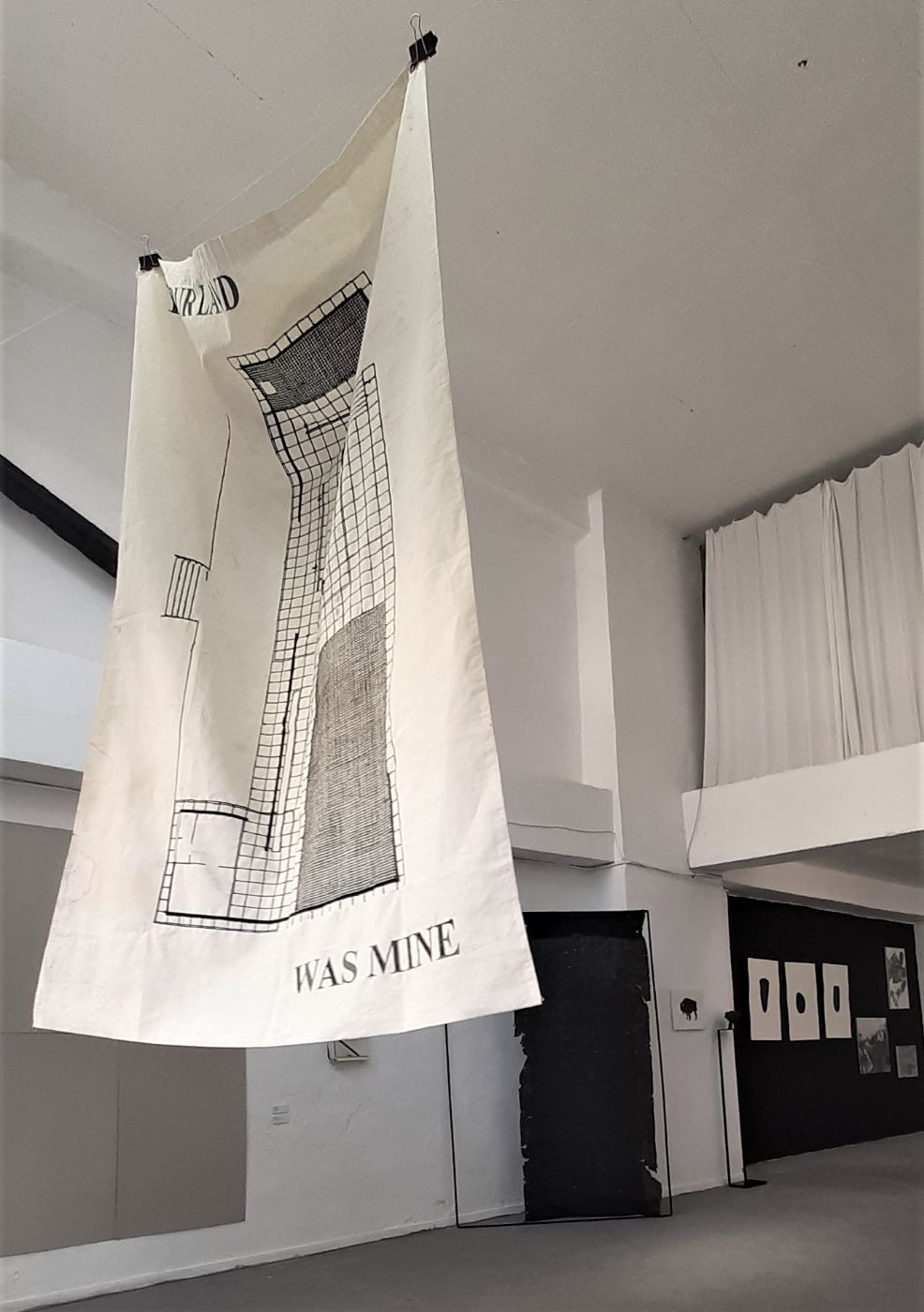
Participating artists
Blind Adam, Charalambidis Nikos, Christofilogiannis Dionisis, Christopoulos Kostas, Delidimos Christos, Efeoglou Dimitris, Efstathiou Maria, Hughes Rowena, Kanarelis Nikos, Karamanolis Stelios, Karakostanoglou Nicomachi, Kasapis Andreas, Kazazis Giorgos, Koen Ilias, Larios Antonis, Larios Nikos, Palpana Foteini, Papadimitriou Nikos, Papailiakis Ilias, Papazacharias Alexios, Plumi Tula, Sapountzis Yorgos, Stoantzikis Adonis, Streshna Sasha, Tatolas Tolis, Tserionis Giorgos, Tzannis Alexandros, Vekri Amalia, Vitaliotis Pantelis Magneto, Zafeiropoulos Theodoros.
